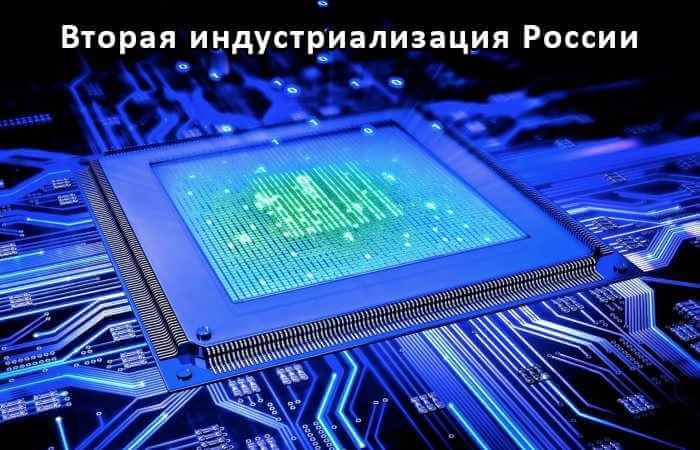Cyborgy atomic mass oxidation number valence density boiling point melting point physical chemical properties the structure of the conductivity the conductivity of the crystal lattice
Cyborgy, properties of atom, chemical and physical properties.
Sg 106 Cyborgy
269 1s2 2s2 2p6 3s2 3p6 3d10 4s2 4p6 4d10 4f14 5s2 5p6 5d10 5f14 6s2 6p6 6d4 7s2
Cyborgy — element of the periodic system of chemical elements D. I. Mendeleev, with atomic number 106. Located in the 6th group (old classification — side subgroup of the sixth group), the seventh period of the periodic system.
Table of chemical elements of D. I. Mendeleev
Table of chemical elements of D. I. Mendeleev
1. Hydrogen
2. Helium
3. Li
4. Beryllium
5. Bor
6. Carbon
7. Nitrogen
8. Oxygen
9. Fluoride
10. Neon
11. Sodium
12. Magnesium
13. Aluminium
14. Silicon
15. Phosphorus
16. Sulfur
17. Chlorine
18. Argon
19. Potassium
20. Calcium
21. Scandium
22. Titan
23. Vanadium
24. Chrome
25. Manganese
26. Iron
27. Cobalt
28. Nickel
29. Copper
30. Zinc
31. Gallium
32. Germanium
33. Arsenic
34. Selenium
35. Bromine
36. Krypton
37. Rubidium
38. Strontium
39. Yttrium
40. Cubic Zirconia
41. Niobium
42. Molybdenum
43. Technetium
44. Ruthenium
45. Rhodium
46. Palladium
47. Silver
48. Cadmium
49. Indium
50. Tin
51. Antimony
52. Tellurium
53. Iodine
54. Xenon
55. Cesium
56. Barium
57. Lantan
58. Cerium
59. Praseodymium
60. Neodymium
61. The promethium
62. Samarium
63. Europium
64. Gadolinium
65. Terbium
66. Dysprosium
67. Holmium
68. Erbium
69. Tullius
70. Ytterbium
71. Lutetium
72. Hafnium
73. Tantalum
74. Tungsten
75. Rhenium
76. Osmium
77. Iridium
78. Platinum
79. Gold
80. Mercury
81. Thallium
82. Lead
83. Bismuth
84. Polonium
85. ASTAT
86. Radon
87. Frances
88. Radium
89. Anemone
90. Thorium
91. The protactinium
92. Uranium
93. Neptunium
94. Plutonium
95. Americium
96. Curium
97. Berkley
98. California
99. Einsteini
100. The fermium
101. Mendeleevo
102. The nobelium
103. Lawrence
104. Rutherfordi
105. Dubna
106. Cyborgy
107. Bore
108. Chassi
109. Materii
110. Darmstadtium
111. Rentgeny
112. Copernici
113. Nichani
114. Planovi
115. Of Muscovy
116. Livermore
117. Tennessen
118. Ohanneson
Table of chemical elements of D. I. Mendeleev



